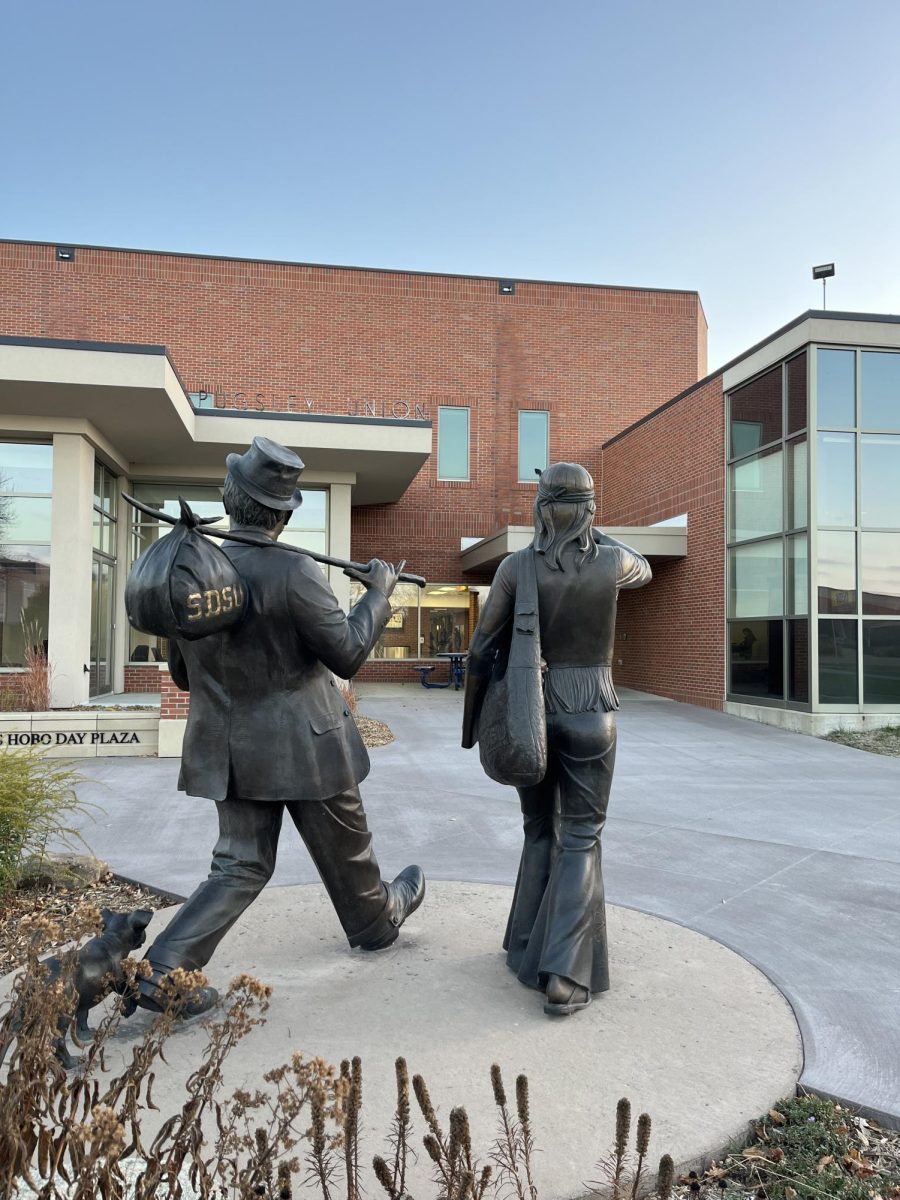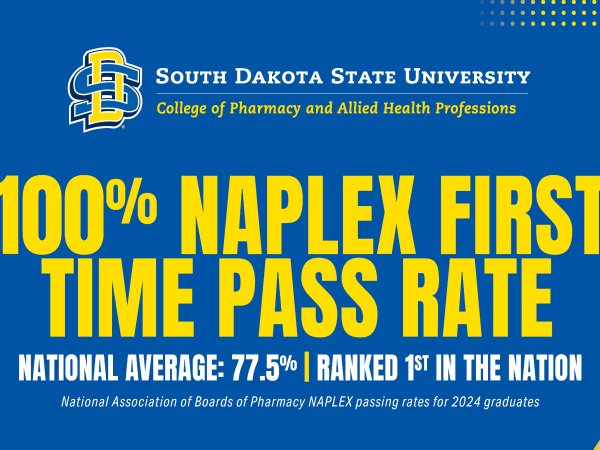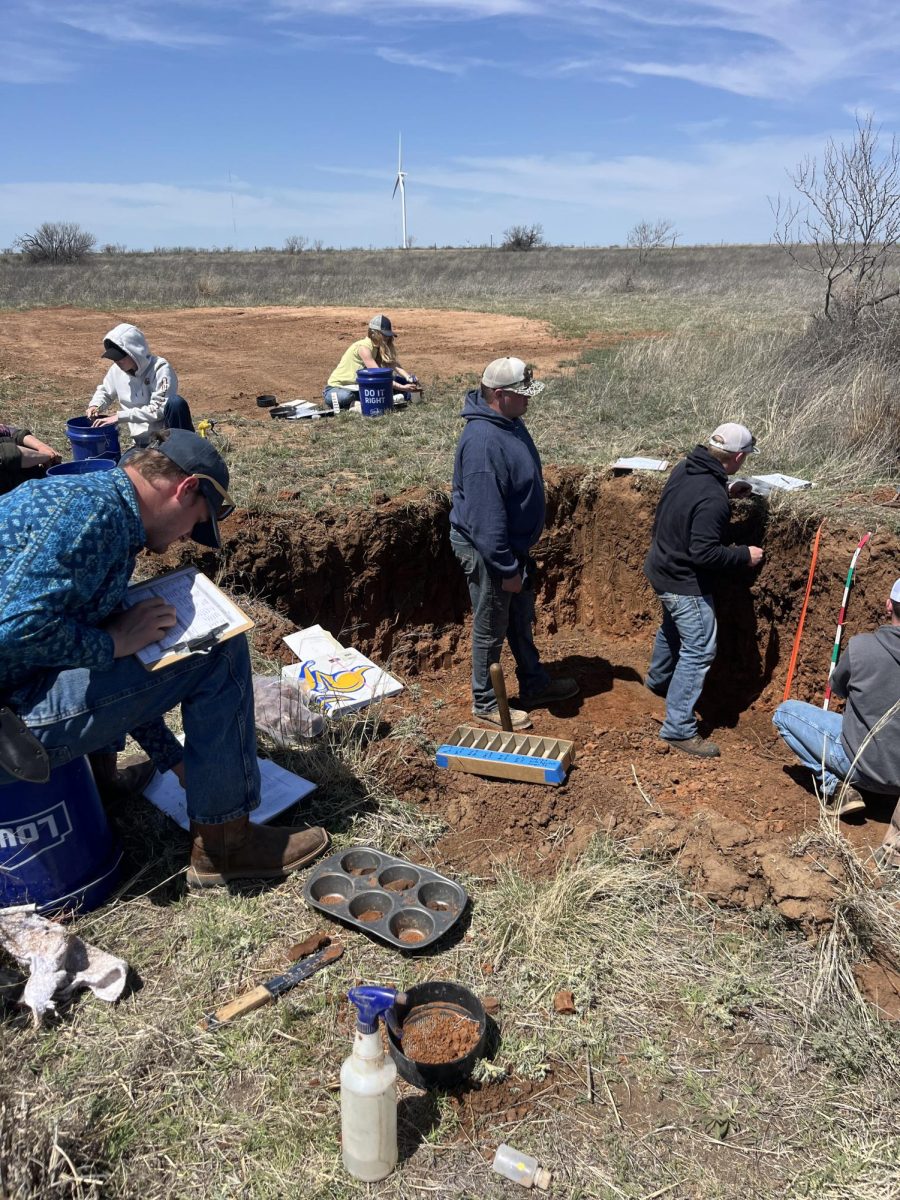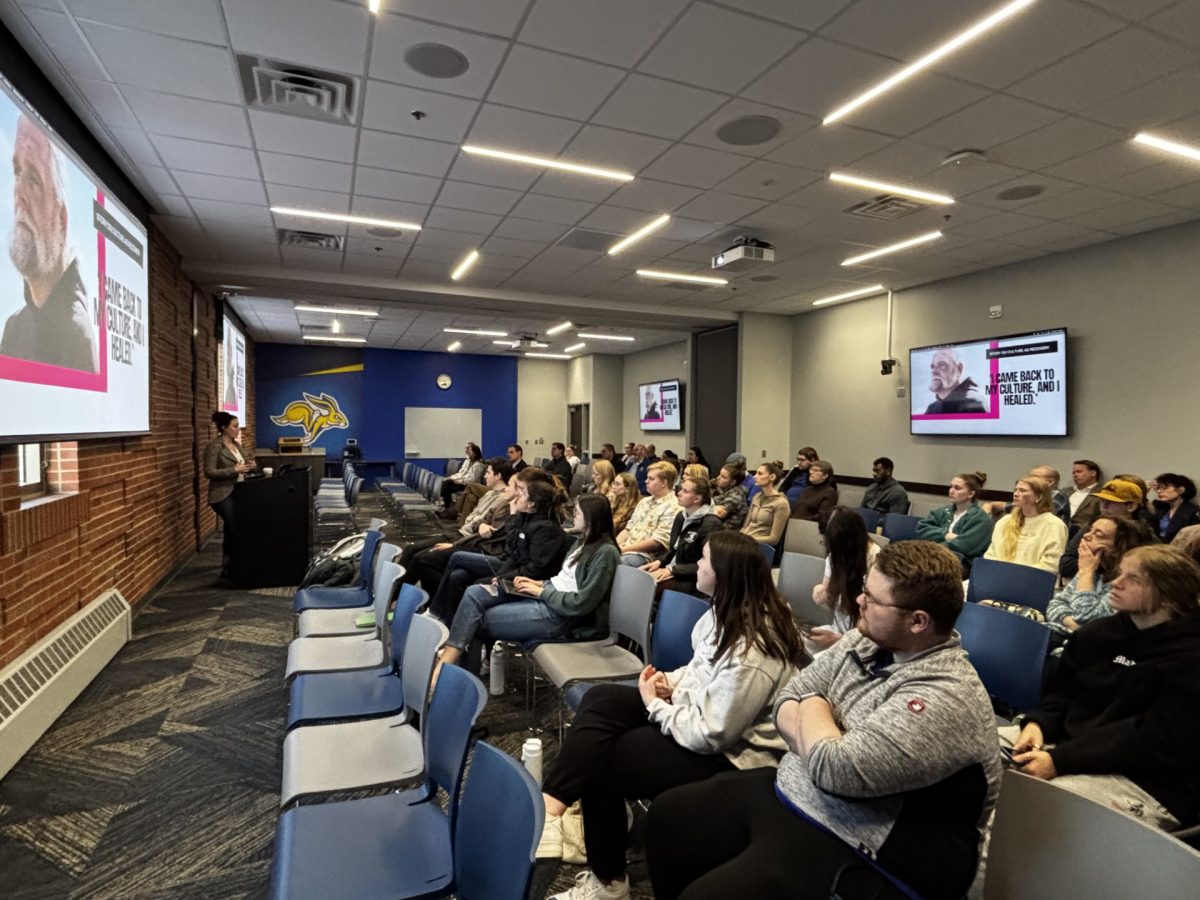The General Activity Fee (GAF) plan was passed at the University level last spring. It was approved by students this semester and will now travel to the Board of Regents for approval in December.
All students pay the general activity fee, which is $50.85 per credit hour, as part of their tuition every semester.
The fee generates about $12 million a year, and $72 million over six years. Every five years, a plan is created to decide how that $72 million should be spent over the next six years. The plan must also be approved by the Board of Regents.
Students’ Association President, Trinity Peterson, said that she will be traveling to the Board of Regents meeting in December at Black Hills State University to present SDSU’s GAF plan for approval.
The Students’ Association created what they called a Steering Committee to be in charge of putting the GAF plan together, Peterson said.
The government affairs chair, Claire Koenecke, said that within the Steering Committee were five workgroups. Koenecke was a co-chair of the Student Life workgroup.
The other workgroups did research concerning the Wellness Center, transportation, mental health and GAF history.
This research guided the Steering Committee to see where the GAF money could be spent to benefit students the most.
Peterson said that they had wanted to use some of the GAF funds to expand mental health services in the Miller Wellness Center. The original plan was to hire a mental health psychiatrist that would be able to prescribe mental health medications in the Jackrabbit Pharmacy.
However, Peterson said that the Students’ Association found out that the Jackrabbit Pharmacy was not generating as much revenue as it needed to operate.
The Jackrabbit Pharmacy ended up closing Aug. 20, so the GAF funds are now set to go toward the tele-mental health program called U-will and adding a mental health counselor in the Wellness Center.
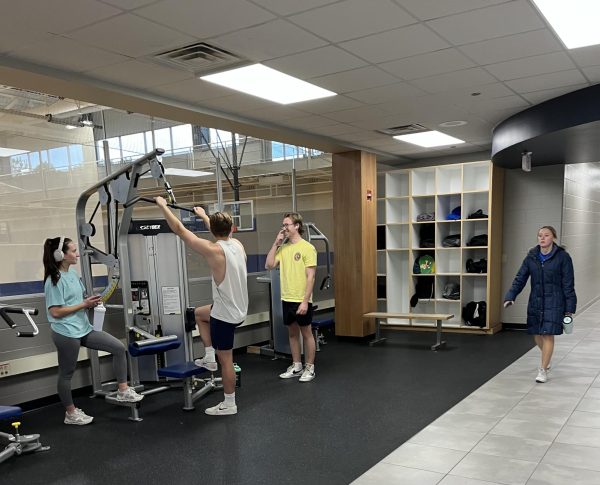
Koenecke said that another workgroup also looked into keeping the Union open longer at night.
“Only 31% of students had reported that extended student union hours would be beneficial,” Koenecke said, and that “We would’ve had to pay wages for union managers and workers. We’d also have electricity costs and things like that.”
Koenecke said the workgroup concluded that keeping the Union open later was not the best use of the GAF money, and that there were plenty of other late-night study spaces, such as Lincoln Hall, that students could use.
“Student orgs were agreed to be very important to fund,” Koenecke said.
A survey given to students last year found that 67% of students are part of at least one student organization.
44% of students take part in an event on campus once a week and 94% of students attend an event at least once a semester.
79% of students agreed that student organization funding is key to campus involvement.
Koenecke talked about how laundry services were also examined, but that 50% of students did not support a GAF increase to provide free laundry for students.
“Some schools have free laundry, so we looked into it,” Koenecke said. “But we decided this was not the best use of student’s money.”
The SDSU website says that about 3,700 residents live on campus, and that student enrollment this semester was 12,065 students. Meaning only about 31% of students live on campus.
Peterson also spoke about how SA would like to expand Rabbit Ride services to Wednesday night.
“We recommended that part of this [Rabbit Ride GAF allocation] be budgeted toward adding Rabbit Ride for Wednesday nights, and that is something Rabbit Ride is working toward,” Peterson said. “Their biggest barrier is staffing with finding monitors for the buses.”
The Students’ Association sent out a survey earlier this year to see if students agreed with the GAF plan.
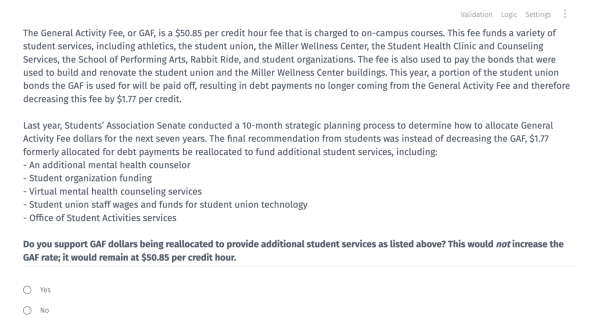
“Over 4,000 students took the survey, which we are really happy about,” Peterson said. “Our goal was 3,000 responses.”
Last year, the Students’ Association’s survey had only received 1,738 responses. There were 4,008 responses this year.
“Our senators did such a good job pushing the survey out. I’m so proud of them,” Peterson said.
Of the 4,008 responses, about 85% voted yes to approve the GAF plan and 15% voted no.
In December, Peterson will be traveling to the Board of Regents meeting and will present the results of this survey.
From there, the Students’ Association will then wait for the Board of Regents to approve of the plan. Once approved, Peterson said that the GAF plan will go into action starting next year.




















